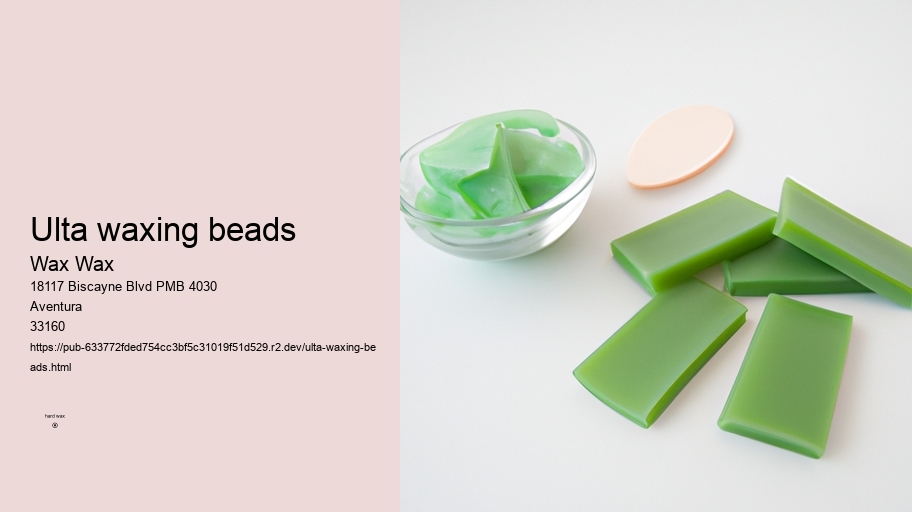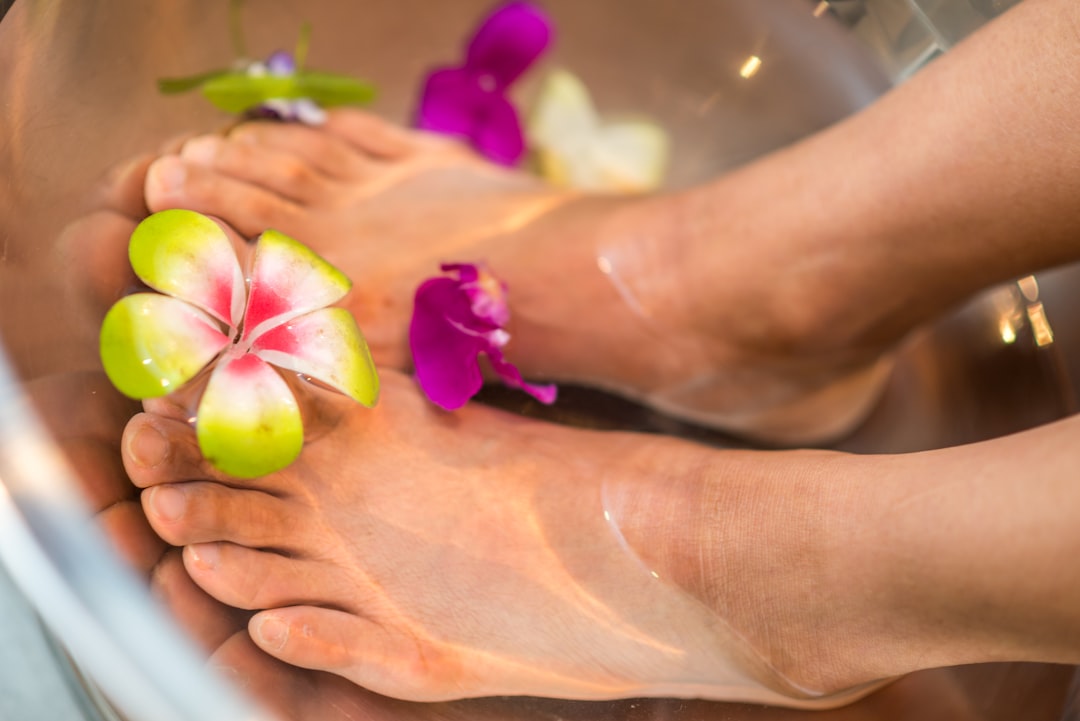

1. How long does waxing typically last compared to shaving?
Neglecting exfoliation: One common mistake people make when DIY waxing at home is neglecting to exfoliate their skin beforehand. Exfoliating helps remove dead skin cells and allows the wax to adhere better to the hair, resulting in a smoother and more effective waxing session.
Pain factor comparison between waxing, shaving, and depilatory creams
no-tweeze hair remover wax Get the best hard wax products from Wax Wax.Overall, waxing remains a popular choice for hair removal due to its effectiveness and longer-lasting results. The practice continues to be refined with new techniques and products being developed to improve the experience for those seeking smooth and hair-free skin.
1.
Managing discomfort during your first bikini wax is essential for ensuring a positive experience. By taking steps such as pre-treating with pain relievers, communicating with your esthetician, and staying consistent with your waxing schedule, you can minimize any pain or discomfort associated with the process.
Waxing is an effective method of hair removal that offers a range of benefits, including less irritation compared to shaving.
Waxing a woman's armpits .
3. Can I apply sunscreen immediately after getting waxed?
By exfoliating, you are effectively unclogging your pores, allowing for new hair growth without obstruction.
Sensitive skin can be more prone to irritation and inflammation when exposed to certain products or treatments. When it comes to waxing, individuals with sensitive skin may experience redness, swelling, or even a rash after the procedure. It is important for those with sensitive skin to take extra precautions before and after waxing to minimize these reactions.
After waxing, it is essential to maintain proper care to ensure smooth and long-lasting results! Follow these steps for effective long-term maintenance:
In effect this means there are several types of waxes available that are specifically designed for sensitive skin, ensuring a more comfortable and effective hair removal process!
Tips on choosing the right exfoliation products for your skin type before and after waxing
Absolutely, it is crucial to avoid sun exposure 24-48 hours before and after waxing as it can make your skin more sensitive and prone to irritation.
abolish wax
Strip waxing (soft wax) is accomplished by spreading a wax thinly over the skin. A cloth or paper strip is applied and pressed firmly, adhering the strip to the wax and the wax to the skin. The strip is then quickly ripped against the direction of hair growth, as parallel as possible to the skin to avoid trauma to the skin. This removes the wax along with the hair. There are different forms of strip waxing or soft waxing: heated, cold or pre-made strips. Unlike cold waxing,
Soft Wax: Soft wax, on the other hand, remains soft even after application and requires a strip to be removed. This type of wax is commonly used on larger areas of the body such as legs, arms, back, and chest. Soft wax adheres to both the hair and skin, making it more effective at removing fine hairs and providing smoother results. However, it can sometimes cause more discomfort during the removal process compared to hard wax.
Top 10 Benefits of Waxing for Hair Removal
Hard Wax Hard wax is a popular choice for sensitive areas like the bikini line or face. It hardens after application and can be removed without using strips. Hard wax adheres mainly to the hair rather than the skin (!) resulting in less irritation.
Individuals with sensitive skin may have a lower tolerance for pain during waxing due to heightened sensitivity in their nerve endings. The pulling motion of waxing can cause discomfort and possible redness in the treated area. Additionally, the chemicals in wax or the act of pulling hair out from the root can trigger an inflammatory response in sensitive skin, leading to temporary irritation.
Waxing is the process of hair removal from the root by using a covering of a sticky substance, such as wax, to adhere to body hair, and then removing this covering and pulling out the hair from the follicle. New hair will not grow back in the previously waxed area for four to six weeks, although some people will start to see regrowth in only a week due to some of their hair being on a different human hair growth cycle. Almost any area of the body can be waxed, including eyebrows , face, pubic hair (called bikini waxing or intimate waxing), legs, arms, back, abdomen, chest, knuckles, and feet. There are many types of waxing suitable for removing unwanted hair.